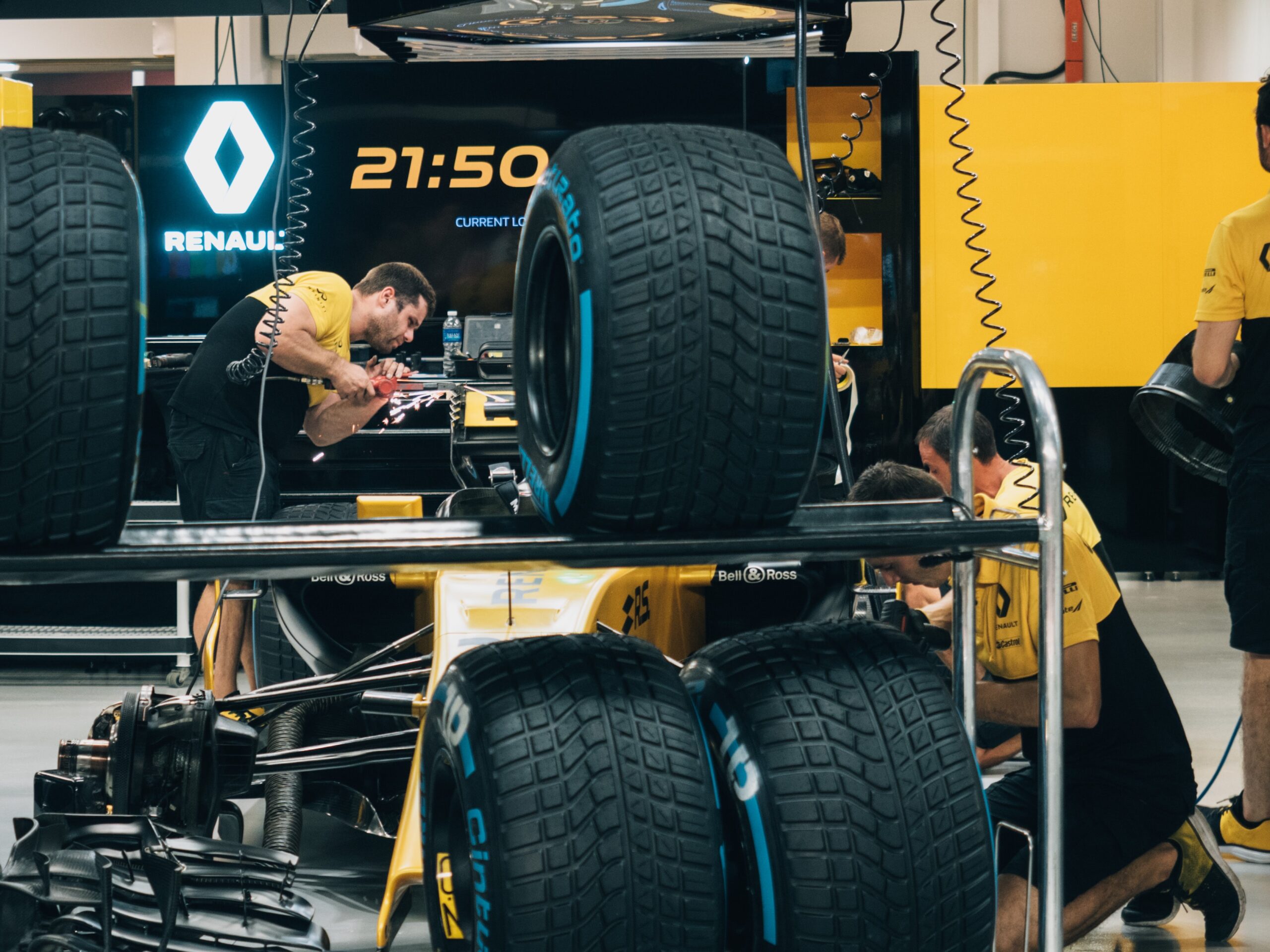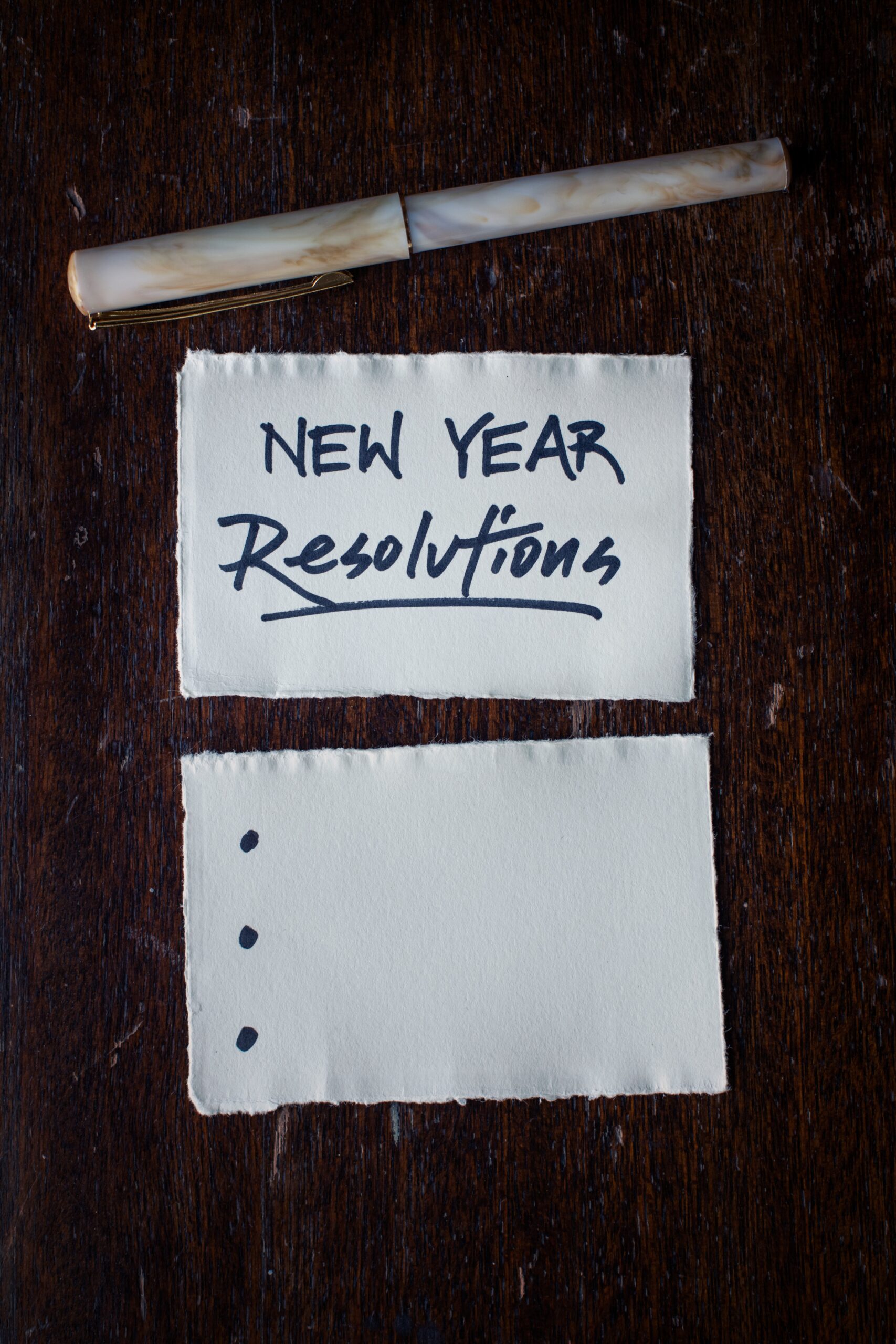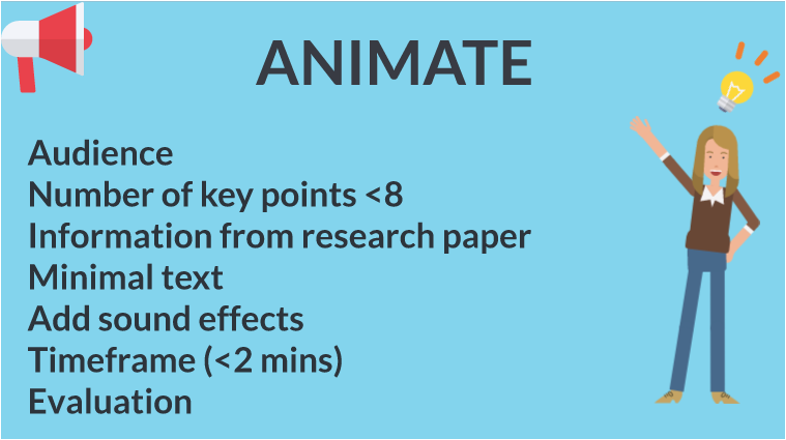Mind the ‘knowledge translation’ gap
It’s no secret that despite the blood, sweat and tears of researchers, it still takes a long time for the research itself to filter down into the contexts and settings that it is intended for. As has been referenced in BJSM before, it takes 17 years for just 14% of medical research to be implemented in practice. We know from the same BJSM paper and from Dr Christian Barton’s work, that potential solutions exist to overcome some of the barriers.
‘Context is king’ – a reminder from #IOCprev2021
You may have either been at or followed the #IOCprev2021 conference in Monaco last week, the world’s flagship conference on the prevention of injury and illness in sport. You will have seen snippets from talks ranging from respiratory health to research methods, but one theme and message in particular stood out, that context is king.
Context is king. Don’t build the perfect car only to find you have to drive it on dirt tracks!@EvertVerhagen closing this implementation session at #IOCprev2021 pic.twitter.com/zc6zNm63Hw
— British Journal of Sports Medicine (BJSM) (@BJSM_BMJ) November 25, 2021
Potentially the clearest analogy came from Professor Evert Verhagen.


When it comes to research, are we so focused on building the perfect car, that we forget to consider the road on which it needs to drive? Having an F1 car at your disposal is no good if you’ve got 50km of pot-hole filled dirt tracks to navigate…
The conference was also filled with wonderful examples where researchers had managed to engage effectively with their intended population group(s). The key ingredient in these success stories, was that these end-users had been involved in all stages of the research/programmes, and that thought and time had been put into ensuring that the messages had the best chance possible of reaching the groups(s) in question.
Why, and how is the BJSM getting involved?
Whilst BJSM may not be able to ensure that end-users are involved in the whole process, we can use our platform to try and help reduce some of the barriers to knowledge translation. As such, we are going to try to normalise the concept that the work of researchers and authors shouldn’t stop once papers are accepted and published. To begin with, we will be starting to routinely ask authors and researchers three ‘have you’ questions:
- Have you explicitly considered which group(s) need to know about your research findings?
- This could range from patients and athletes, to fellow researchers or healthcare professionals
- Have you consulted or worked with them to understand how you can maximise engagement with (and adoption of) your work?
- Where and how do they access new information?
- Do they prefer audio, video or written summaries? Can you facilitate this?
- Is there a written dissemination plan, and is this realistically resourced?
- Have you thought about how you will evaluate the impact and uptake of your work?
- Are you going to track this by citations, Altmetric score etc?
- Are you going to engage with the population group down the line to see how your research has been implemented or used?
- Are you able to provide time and resources to respond to feedback and/or to respond to suggestions about how the dissemination and uptake of your work could be improved?

If the COVID-19 pandemic has taught us anything, it is that the healthcare industry can embrace digital media to quickly and effectively share health-related messages. There is growing evidence that this approach can help influence knowledge, attitudes and behaviours, so we will also be calling on the BJSM community to commit to a collective 2022 ‘New Year’s Resolution’ – to do at least 2 of the following 3 tasks for all academic projects and publications in the new year:
- Write and publish a plain-language summary of the work
- Use clear, practical sub-headings to signpost readers
- Maximise the use of bullet-points
- Maximise the use of associated multimedia content (can you embed graphics/podcasts/animations into the post(s)?)
- Can you create a different summary focused at different population groups (one for healthcare professionals, another for patients/athletes etc)?
- Summarise your work in graphical or video form
- Take inspiration from the likes of Alan Rankin and Adam Virgile to create engaging infographics
- Consider animations, or video abstracts
- Use some evidence-informed tips (such as ANIMATE) to guide your work and ensure your work also considers important equity, diversity and inclusion principles (as per BJSM guidelines)

ANIMATE checklist for impactful video and graphical content
- Embrace social media
- Put together a social media plan and consider whether you want to invite others into the group (especially students, early-career professionals, or those from generally under-represented groups looking to gain experience) to provide input and contribute
- Produce a twitter ‘thread‘ or organise a Q&A session where the community can ask questions about your work
We are aware that the above may well generate some more work for researchers, however we feel that it’s time to concretely embrace these knowledge translation principles so we can more effectively engage with end-users. We have considered this, and to demonstrate the degree of thought put into this, we feel (that as with any intervention) we should outline some potential side-effects from adopting this approach:
- Your research may be more likely to influence knowledge, attitudes and behaviours within your target population
- Your research might end making a bigger scientific and academic impact (e.g higher Altmetric score, more citations etc)
- Your research might become more visible to other members of your profession/industry, sparking conversations and future collaborations
- It may present a valuable and important opportunity to involve generally under-represented groups in scientific research and increase the diversity of research groups
So who’s in?
If you are, let us know through our BJSM twitter account @BJSM_BMJ, where we will be focusing on this, and highlighting good practice over the course of 2022. If you have any more suggestions or want to summarise how you have adopted some of these principles in your existing work, we would love to feature this on the BJSM blog as part of our new ‘knowledge translation champions’ blog series. Get in touch with us via bjsmblog@bmj.com
Authors: Dr Steffan Griffin and the BJSM Editors